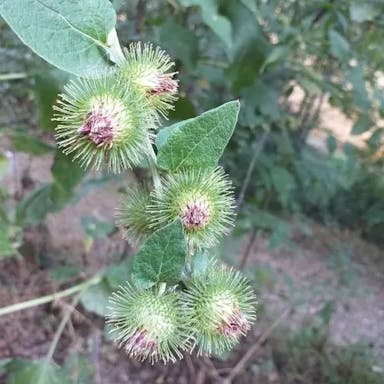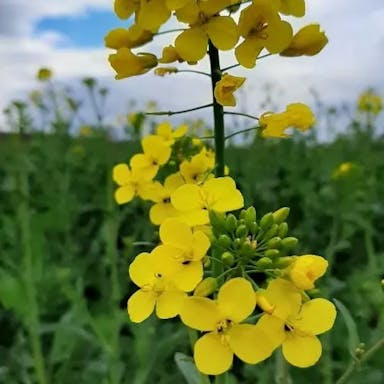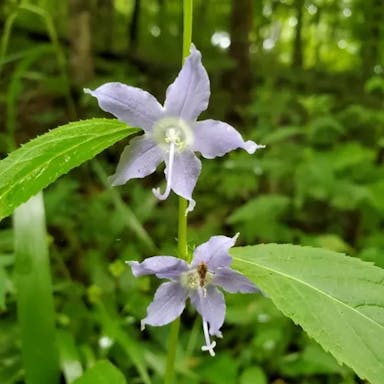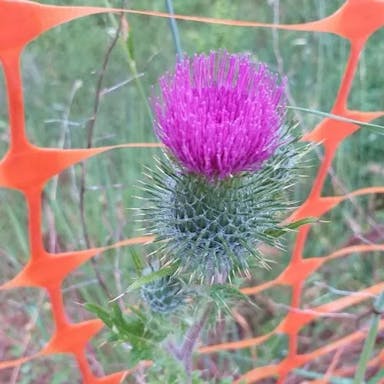Black thistle, scientifically known as Cirsium vulgare, is susceptible to various pests and diseases. One common pest that affects this plant is the thistle tortoise beetle (Cassida rubiginosa). These beetles feed on the leaves of the black thistle, causing damage and defoliation. Another pest that can infest this plant is the thistle aphid (Brachycaudus cardui). These aphids suck the sap from the plant, leading to stunted growth and deformation of the leaves.
In terms of diseases, black thistle can become infected with fungal pathogens such as rust (Puccinia spp.) and powdery mildew (Erysiphe cichoracearum). The rust causes orange or brown spots on the leaves, stems, and flowers, while the powdery mildew appears as a white powdery coating on the plant's surfaces. These sicknesses can weaken the plant, reduce its vigor, and ultimately lead to withering.
To prevent pest infestations, it is very important to check the plant regularly. Early detection allows for timely intervention, such as applying insecticidal soaps or horticultural oils to control thistle tortoise beetles and aphids. Additionally, practicing good cleanliness by clearing and destroying infected plant material can help prevent the spread of fungal diseases.
Proper cultural practices, including providing adequate light, well-drained soil, and appropriate space between plants, can also help the plant stay healthy and reduce the risk of disease. Making sure proper air circulation around the plants can reduce the development and spread of fungal pathogens.
To summarize, black thistle is at risk for pests such as thistle tortoise beetles and thistle aphids, as well as fungal diseases like rust and powdery mildew. Regular checks, early treatment, and good cultural practices are important to stop and control these problems.












